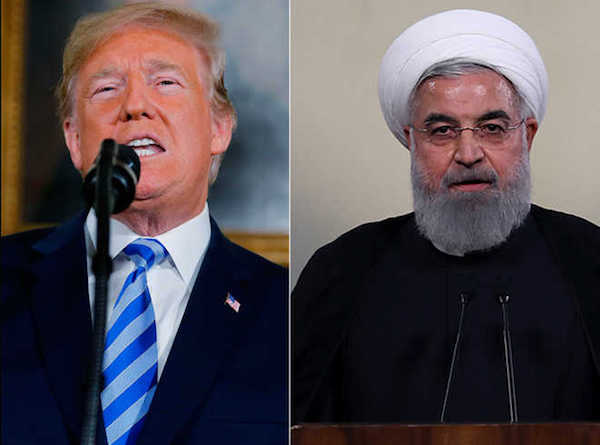‘In case you became a martyr’
As is typical for any bureaucratic organization there was considerable discussion in the documents about which al Qaeda personnel might be suitable for promotion and also documentation of cash flows moving in and out of the organization, in amounts in the tens of thousands of euros.
There is even an al Qaeda application form that included standard questions such as what “hobbies” the applicant might have, but also less standard ones such as, “Who should we contact in case you became a martyr?”
Under pressure from bin Laden, leaders of al Qaeda in Yemen noodled with the idea that they might negotiate some kind of truce with the Yemeni government so the group could focus exclusively on attacking American targets. It’s not clear if anything came of this.
Osama bin Laden’s compound
Similarly, al Qaeda members reached out to leaders of the Pakistani Taliban who maintain contacts with Pakistan’s military intelligence service, ISI, to see if they could negotiate a similar truce with the Pakistani government. The deal would be that the Pakistanis would leave al Qaeda alone and vice versa and then al Qaeda would be able to focus on attacking American targets. However, the al Qaeda leader who was leading this effort told bin Laden, “As you know, this is just talk!” and nothing came of these discussions.
There is no evidence in the newly released documents that the Pakistanis had any idea bin Laden was living in Pakistan or indeed he was even alive.
The new documents also do nothing to substantiate investigative journalist’s Seymour Hersh’s recent well-publicized claims that the raid that killed bin Laden was not a firefight in which the SEALs went into a dangerous and unknown situation, but a setup in which Pakistan’s military had been holding bin Laden prisoner in Abbottabad for five years and simply made him available to the SEALs when they flew in helicopters to the compound on the night of the raid.
On the first anniversary of bin Laden’s death in May 2012, the Obama administration released a first tranche of 17 documents from the treasure-trove. Those documents also underlined how much al Qaeda feared the CIA drone campaign as well as bin Laden’s obsessive interest in attacking the United States.
Hersh seems to believe that any documents released by the Obama administration that were discovered during the bin Laden raid have been faked by the CIA. Readers can judge for themselves by examining the English-language translations of the new documents and also the original Arabic documents here.
According to U.S. intelligence officials, in October seven U.S. intelligence agencies began the process of clearing for public release the documents that came out Wednesday.
Digital library
Among the most interesting windows in to the mind of al Qaeda’s leader are the contents of his massive digital library, which was painstakingly assembled. Because of security concerns, bin Laden’s compound had no connection to the Internet so any books or reports that bin Laden had an interest in were assembled painstakingly by making PDFs of each page. They were then put on to a thumb drive and delivered to bin Laden by one of his two bodyguards, according to U.S. intelligence officials.
Strangely, one of the books in bin Laden’s digital library was a suicide prevention manual. Senior U.S. intelligence officials do not believe that bin Laden was suicidal.
Bin Laden was interested in books with a conspiratorial bent, and he had tomes about the Illuminati and the Freemasons and even, somewhat ironically, a book that asserted 9/11 was an “inside job.”
Bin Laden also collected reports by leading American counterterrorism exports such as Bruce Hoffman and Paul Pillar as well as papers about al Qaeda by West Point’s Combating Terrorism Center, RAND Corp. and the Congressional Research Service. (He even possessed congressional testimony by this author titled, “Reassessing the Evolving al Qaeda threat to the Homeland.”)
Bin Laden collected indictments from American terrorism cases that he found of interest, such as that of David Coleman Headley
from Chicago, who al Qaeda had tasked to plan an attack against a Danish newspaper that had published cartoons of the Prophet Mohammed.
During the almost six years bin Laden lived in the Abbottabad compound, he had a great deal of time on his hands, which was partly consumed by reading the many holdings in his digital library and also composing the memos and letters that are now becoming public.
Bin Laden was deeply aware that as the 10th anniversary of 9/11 approached his central goal of attacking the United States again had failed. Many of the documents reference his plans for some kind of major public statement to mark the anniversary. Bin Laden was killed three months before he could deliver this statement.





Be the first to comment